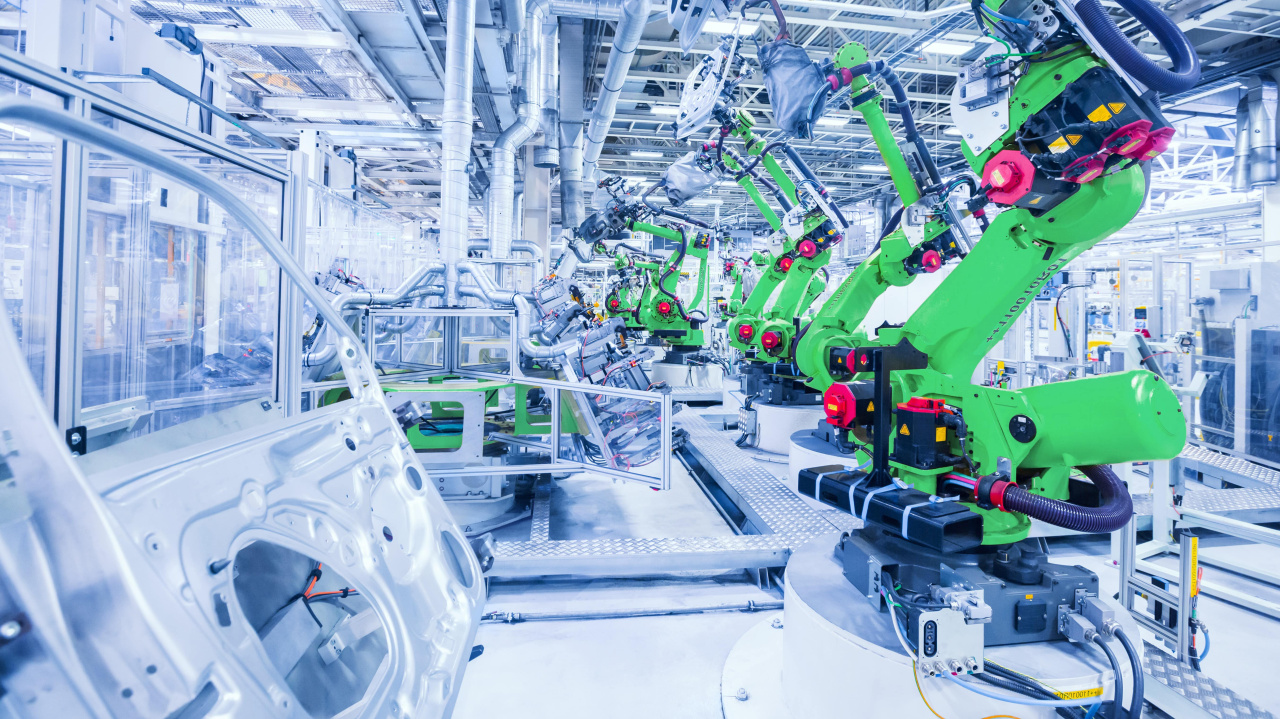In the rapidly changing world of manufacturing finance, the concept of Pay-per-Use Equipment Finance is emerging as an unifying force, changing traditional models and bringing unprecedented flexibility to companies. Linxfour is in the forefront, harnessing Industrial IoT, to bring the future of financing that benefits both equipment owners and manufacturers. We examine the complexities of Pay per Use financing, its effects on sales in difficult circumstances and how it will transform accounting practices by shifting from CAPEX to OPEX and freeing the treatment of balance sheets as per IFRS16.
Pay-per-Use Financing: The Potential of It
Pay-per-use financing can be a game changer for manufacturers. Instead of rigid fixed-priced payments, businesses pay based on the usage of their equipment. Linxfour’s Industrial IoT integrate ensures accurate usage tracking, which provides transparency. This eliminates the possibility of hidden costs or penalties if equipment is underutilized. This approach is innovative and allows greater flexibility when managing cash flow, which is particularly essential during times when demand is fluctuating and revenue is lower.
Impact on Sales and Business Conditions
The unanimity of equipment manufacturers is testament to the potential of Pay-per-Use finance. Even in times of tough business conditions 94% of equipment makers believe this approach will improve sales. This ability to direct align costs with equipment use does not just attract companies that want to maximize their expenditure, but also creates an attractive scenario for manufacturers who can offer more attractive financing options to their clients.
Accounting Transformation: Shifting from CAPEX To OPEX
Accounting is a major difference between traditional leases and Pay-per-Use financing. With Pay-per-Use, companies undergo a radical change in their accounting practices, shifting from capital expenses (CAPEX) to operating costs (OPEX). This has a huge impact on the financial reporting. It offers a more accurate representation of the costs associated with revenue.
Unlocking Off-Balance Sheet Treatment under IFRS16
Pay-per-Use financing has an important advantage over traditional financing as it allows for an off-balance sheet treatment. This is a crucial issue in International Financial Reporting Standard 16(IFRS16). By transforming equipment financing costs businesses are able to keep these liabilities off the balance sheet. This approach not only minimizes the risk of financial loss, but also makes it easier to invest. This is an extremely appealing proposition for companies searching for an agile financial structure. Click here Equipment as a service
In the case of under-utilization, KPIs can be improved and TCO can be increased.
Pay-per-Use as well as being off balance sheet, helps in increasing key performance indicators such as free cash flow and Total cost of Ownership (TCO) especially when there’s a lack of utilization. Lease models built on traditional approaches can be problematic when equipment is not used as expected. Pay-per use allows companies to stay away from paying fixed sums for assets that aren’t being used. This improves their overall performance and financial performance.
Manufacturing Finance: The Future
As companies continue to traverse an economic landscape in rapid change, innovative ways of financing such as Pay-per-use can set the foundation for a stable and flexible future. Linxfour’s Industrial IoT-driven approach will not only benefit the bottom line of equipment owners and manufacturers but also aligns with the overall trend of businesses that are seeking more sustainable and flexible financial solutions.
Therefore, Pay-per use, along with the accounting change to CAPEX (capital expense) to OPEX (operating expenses), and the off-balance sheet treatment of IFRS16 represent a significant change in manufacturing financing. Companies are aiming for cost-efficiency and financial flexibility. Embracing this innovative finance model is essential to keep ahead of the curve.
